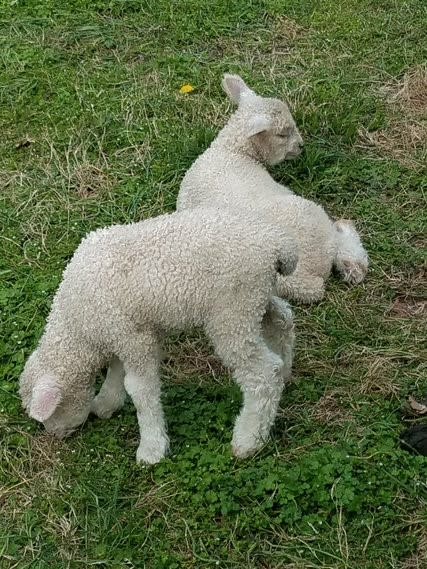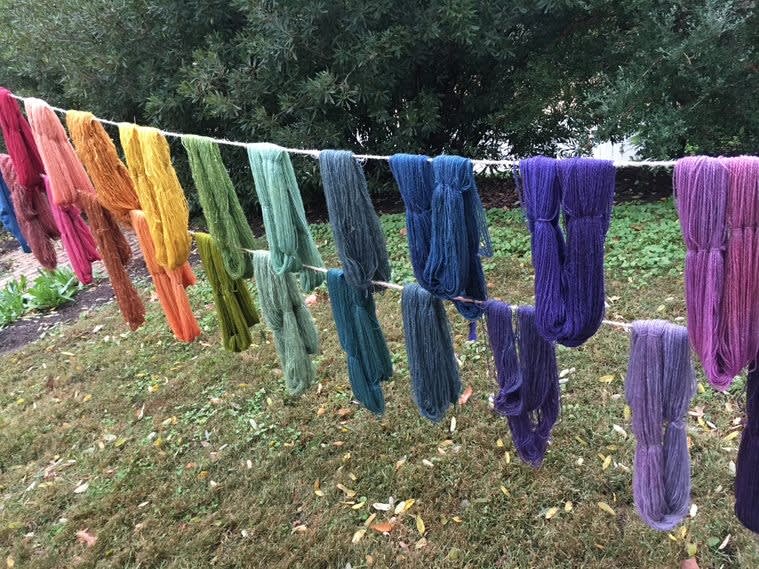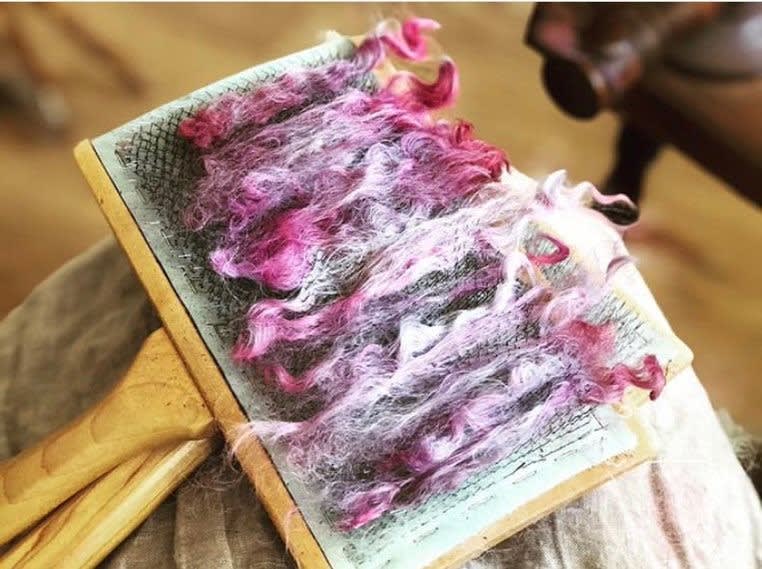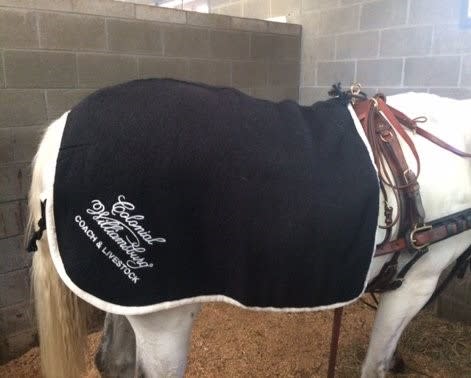The Shear Joy of Spring
The spinners, weavers, and dyers are rejoicing the start of lambing season! The new lambs are spending their time napping, exploring their new surroundings, getting the zoomies and clicking their hooves, and taking lots of “snack” breaks. I know from a group message with my fellow weavers, that we’re all pretty proud of these mama ewes and grateful to the incredible Coach and Livestock Department (C&L). They have worked diligently over the past 30 years (that’s right 30 Years) to maintain specific characteristics in Colonial Williamsburg’s flock, like their wool, by following the breed standards established in the mid-1700s by Robert Bakewell. If you’ve visited these little guys in person, or seen pictures on your newsfeed, have you ever noticed those fuzzy little ringlets covering their backs?
As spinners and weavers at CW, we are losing it over just how stinking undeniably cute these lambs are — what a breath of fresh air. But, we are also excited by all those little curlicues covering the lambs right now. That wool will grow out over the next couple of months. And when it’s time for their first haircut, considered “lamb’s wool,” we will be working with the most precious, softest wool that sheep will ever produce — like that little piece of baby hair saved from your first haircut! This first fleece is something you probably wouldn’t mind wearing right against your skin, like stockings, mitts, or a scarf. With each subsequent shearing, the wool tends to get a little bristlier, but certainly no less insulative — petticoats, cloaks, or blankets.

The wool produced by Leicester Longwool sheep, old and young, is also prized for having, as the Master of our shop always says, “the ‘Cadillac’ of luster.” This refers to its shine. When compared to wool from the Spanish sheep, aka Merino, it really glows in light. This is due to the structure of the hair shaft. Think about that Pantene commercial where they zoom in on a hair shaft and you see the little scales all flared up — the more pronounced the scales, the more reflective. This is a huge bonus for the dyer. Wool, being a protein fiber, naturally accepts dye more readily than plant fibers, like cotton and linen. Add in that luster factor and you can achieve especially rich and bold colors. That Williamsburg blue we know and love — just dip a handspun skein of Leicester in the indigo pot two or three times and you’re in business.

Another feature that makes it most pleasing to work with is the staple length. Staple refers to the average length of the fiber. Some of this depends on the time that elapses between shearings (a haircut), but more to do with the breed. Our flock of sheep is typically shorn once a year in the traditional manner using hand shears (again, huge shout out to C&L!). As described in “The Field Guide to Fleece: 100 Sheep Breeds & How to Use Their Fibers,” the staple length for Leicester Longwool can range from 5" to 14," making it incredibly versatile for different types of yarn to be spun. If you want a fuzzy, warm Christmas sweater feel, we’ll card (think jumbo pet brush) the wool before it’s spun into a yarn. But if you’re looking for a structured suit coat or a continental soldier’s uniform, then we’ll comb the wool instead to make a slick, hardwearing worsted yarn.

Leicester Longwool locks were “dyed-in-the-wool" before being placed in a set of hand carders. By applying the dye in the lock form, more surface area of the fiber is exposed to the dye, resulting in a more even, thorough dye application.
These are just a few of the many features spinners look for when selecting a new fleece. Leicester Longwool sheep produce a dynamite fiber, in our humble, unbiased opinion. Robert Bakewell’s breed has influenced many others that have been developed and registered since the 18th century (and there are more registered breeds of sheep than dogs to this day!). It takes natural dyes incredibly well, showcasing the cha-cha colors of the day, it is oh-so versatile, and hard-wearing offering longevity in your wardrobe. And best of all, thanks to our C&L team we can use it as a tool to collaborate on projects to keep history alive from fleece to fabric.

Annie Welch is a Journeyman in the Spinning, Weaving, and Dyeing Shop. When not elbow-deep in a dye pot or getting a workout in at the loom, she enjoys breadmaking, thrifting, gardening, and going on adventures with her husband Rob.